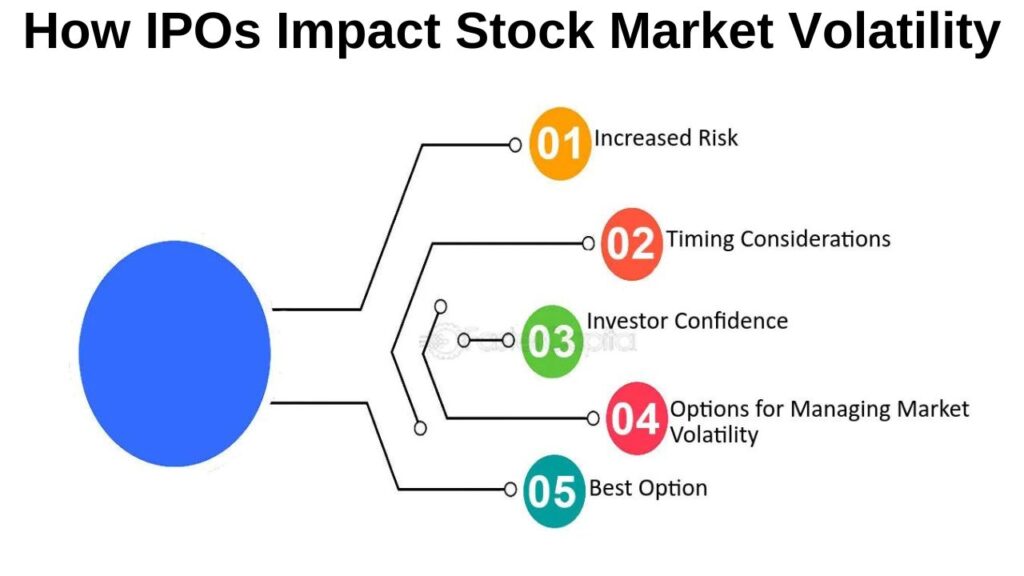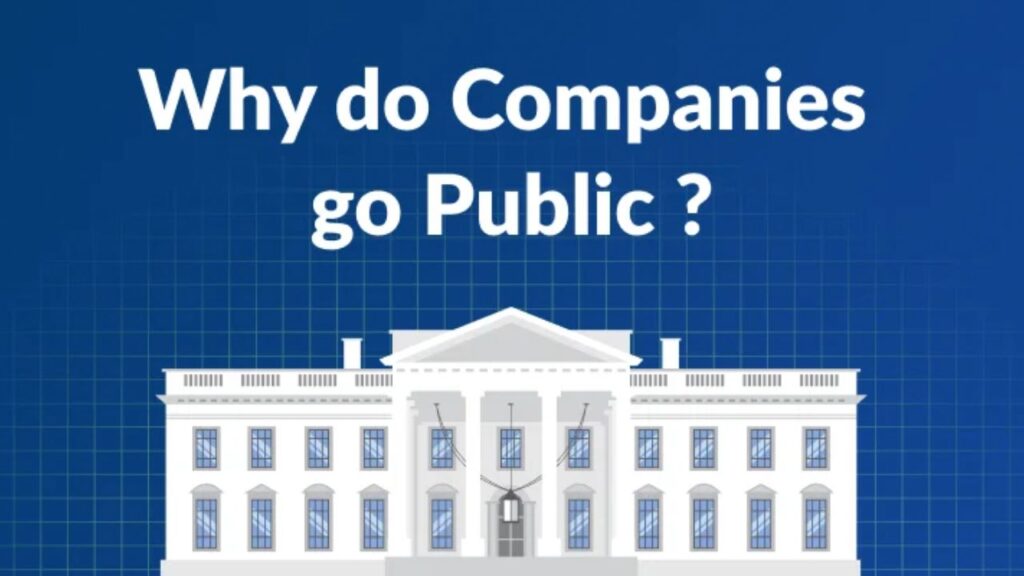1. Introduction
In the world of public markets, Initial Public Offerings (IPOs) and Follow-on Public Offerings (FPOs) are two pivotal mechanisms for companies to raise capital. While IPOs signify a company’s first step into public trading, an FPO often follows as part of a broader strategy. Understanding why companies opt for an FPO after an IPO provides insights into corporate finance decisions and investor relations.
2. Understanding IPOs and FPOs
What is an IPO?
An Initial Public Offering (IPO) is the process where a private company offers its shares to the public for the first time. This shift from a private to public entity allows the company to raise significant capital while increasing its visibility and regulatory obligations. IPOs are often seen as a milestone, marking the company’s maturity and readiness to meet the demands of public markets.
What is an FPO?
A Follow-on Public Offering (FPO) occurs when a company that has already gone public issues additional shares to the market. Unlike IPOs, FPOs focus on raising more capital from public investors rather than introducing the company to the stock market. FPOs are often strategically timed to take advantage of favorable market conditions or specific financial needs.
3. Primary Reasons for Choosing an FPO After an IPO
Raising Additional Capital
After successfully completing an IPO, companies may find the need to raise more funds. FPOs provide a pathway for companies to raise capital for:
- Expansion and Acquisitions: Funding future projects, expanding into new markets, or acquiring other companies.
- Debt Reduction: Reducing the company’s debt load to strengthen its financial position.
- Operational Costs: Meeting day-to-day operational expenses that are crucial for scaling the business.
Liquidity for Investors
FPOs often provide liquidity to early investors, founders, or employees who hold significant shares. By offering their shares to the public, they can convert their holdings into cash, creating a more liquid market for the company’s stock.
Market Conditions
Companies may opt for an FPO when market conditions are favorable. A surge in investor interest or positive market sentiment can provide the ideal timing to issue more shares, allowing companies to raise capital at an optimal valuation. Capitalizing on market highs can maximize the funds raised without significantly affecting the stock price.
4. Strategic Positioning with FPOs
Adjusting Capital Structure
An FPO allows companies to balance their equity and debt by raising more equity capital, potentially reducing reliance on debt. This can improve financial metrics such as the debt-to-equity ratio, making the company more attractive to investors.
Increasing Public Float
By issuing more shares, companies can increase the public float (the number of shares available to the public for trading). A higher float can improve the liquidity of the stock, attracting more institutional and retail investors, and potentially reducing price volatility.
5. Signalling to the Market
Issuing an FPO can send a positive signal to the market. Companies that offer shares without steep discounts may indicate confidence in their growth prospects. Investors might view this as a sign of a company’s strong financial position and bright future.
Confidence and Growth Projection
Issuing shares at a premium or without heavy discounts shows that the company is not desperate for capital and expects future growth. This signalling theory can reinforce investor confidence, potentially driving up demand for the company’s shares.
6. Considerations and Risks
Dilution of Shares
One of the primary risks of an FPO is dilution. When a company issues more shares, the ownership percentage of existing shareholders decreases. This dilution can affect shareholder value and sometimes lead to a temporary dip in the stock price.
Market Perception
Poorly timed or frequent FPOs may lead to negative market sentiment. If investors perceive the company as continually needing funds or failing to manage its capital effectively, it can reduce trust and affect the stock’s long-term performance. The timing of the FPO must align with strategic goals and positive market conditions to avoid negative impacts on the stock.
7. Case Studies or Examples
Successful FPO Example: Reliance Industries
In 2020, Reliance Industries issued a Follow-on Public Offering to raise additional capital. The company leveraged favorable market conditions and investor confidence, using the proceeds to strengthen its balance sheet and reduce debt. The FPO was well-received, and the stock performed positively in the aftermath.
Hypothetical Example: HVAX Technologies
Let’s imagine a tech company, HVAX Technologies, that went public through an IPO three years ago. Post-IPO, the company expanded rapidly, and with several new product lines in the pipeline, it opts for an FPO to raise capital. This additional funding allows HVAX to invest in R&D and maintain its competitive edge, driving long-term growth.
8. Conclusion
FPOs are a strategic tool that companies use to strengthen their financial position after an IPO. They provide opportunities for raising additional capital, improving liquidity, and adjusting capital structures. However, companies must carefully consider the timing, market conditions, and potential impact on shareholder value when opting for an FPO. With the right strategy, an FPO can serve as a powerful vehicle for growth and investor confidence.
9. FAQs
Q: What is the main difference between an IPO and an FPO?
A: An IPO is the first time a company offers its shares to the public, while an FPO occurs after the company has already gone public and wants to issue more shares.
Q: How does an FPO affect existing shareholders?
A: An FPO can dilute the ownership percentage of existing shareholders, but it can also improve liquidity and market confidence if executed well.
Q: Is an FPO riskier than an IPO?
A: Generally, FPOs are considered less risky because the company is already public, and investors have more information about its financial performance.
10. Call to Action
Interested in learning more about FPOs and how they fit into corporate finance strategies? Join the discussion on investment forums like X, or explore expert insights to enhance your investment knowledge.
Why Companies Opt for FPO After an IPO: A Strategic Overview
1. Introduction In the world of public markets, Initial Public Offerings (IPOs) and Follow-on Public…
The Ultimate Guide to Understanding IPO vs. FPO: Differences, Benefits, and Risks
1. Introduction to the World of Public Offerings Capital markets thrive on the flow of…
How Book-Building IPOs Work: A Comprehensive Guide
Investor Perspectives on Book-Building IPOs Retail vs. Institutional Investors: In the book-building process, institutional investors…
Understanding Fixed Price IPOs: A Comprehensive Guide
Introduction: What is a Fixed Price IPO? A Fixed Price Initial Public Offering (IPO) is…
Mastering IPO Terminology: A Comprehensive Guide for Investors
Introduction Navigating the world of Initial Public Offerings (IPOs) can be daunting, especially with the…
How IPOs Impact Stock Market Volatility
Introduction: The financial markets are a complex ecosystem, where Initial Public Offerings (IPOs) play a…






